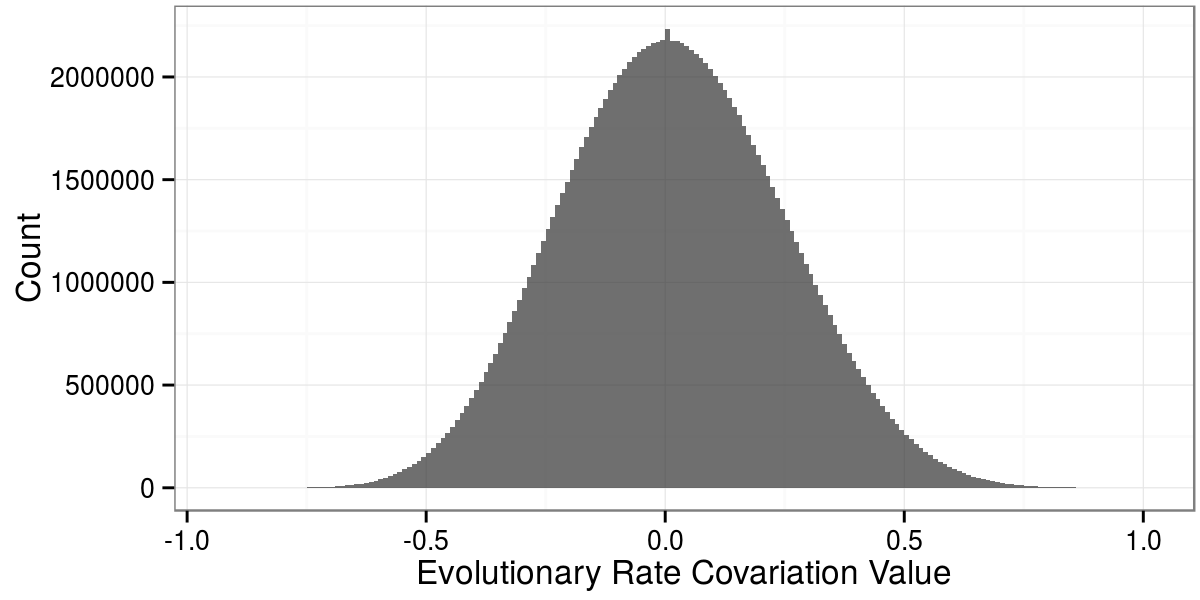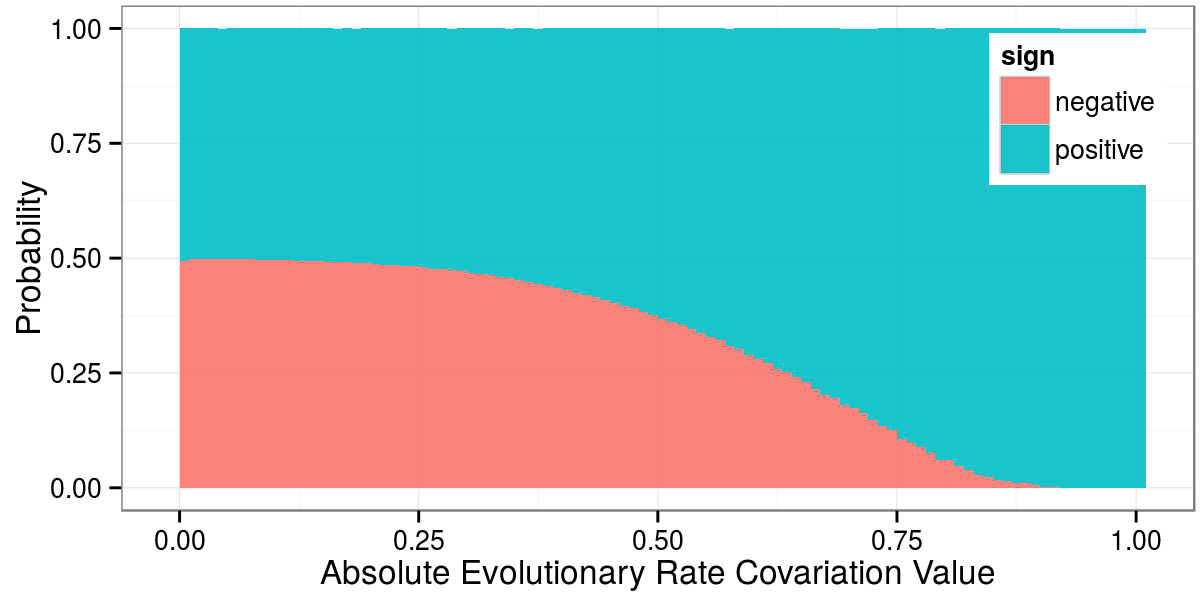
|
|
|
Status:
Completed
Views
103
Topics
Referenced by
Cite this as
Daniel Himmelstein, Raghavendran Partha (2015) Selecting informative ERC (evolutionary rate covariation) values between genes. Thinklab. doi:10.15363/thinklab.d57
License
Share
|




